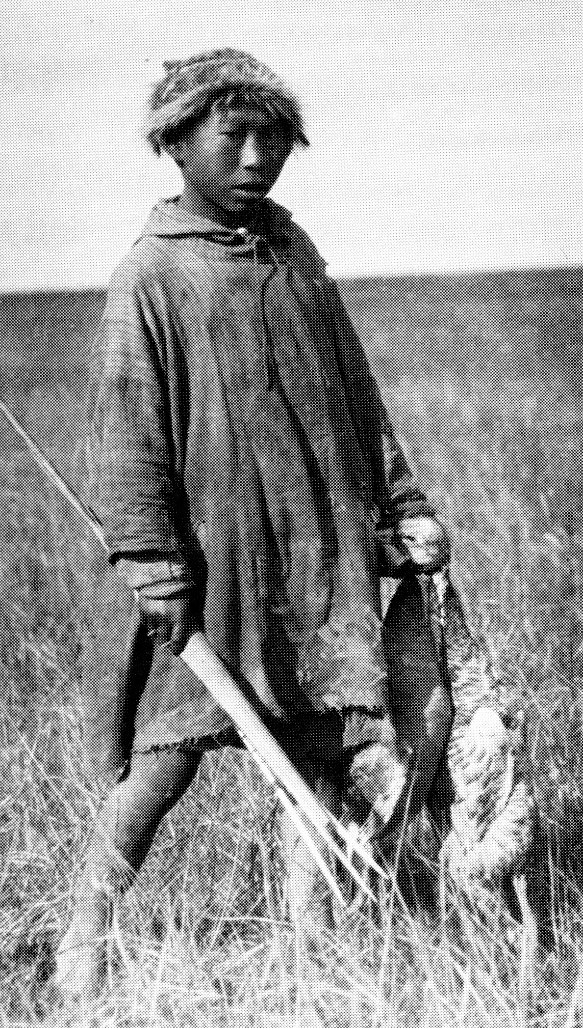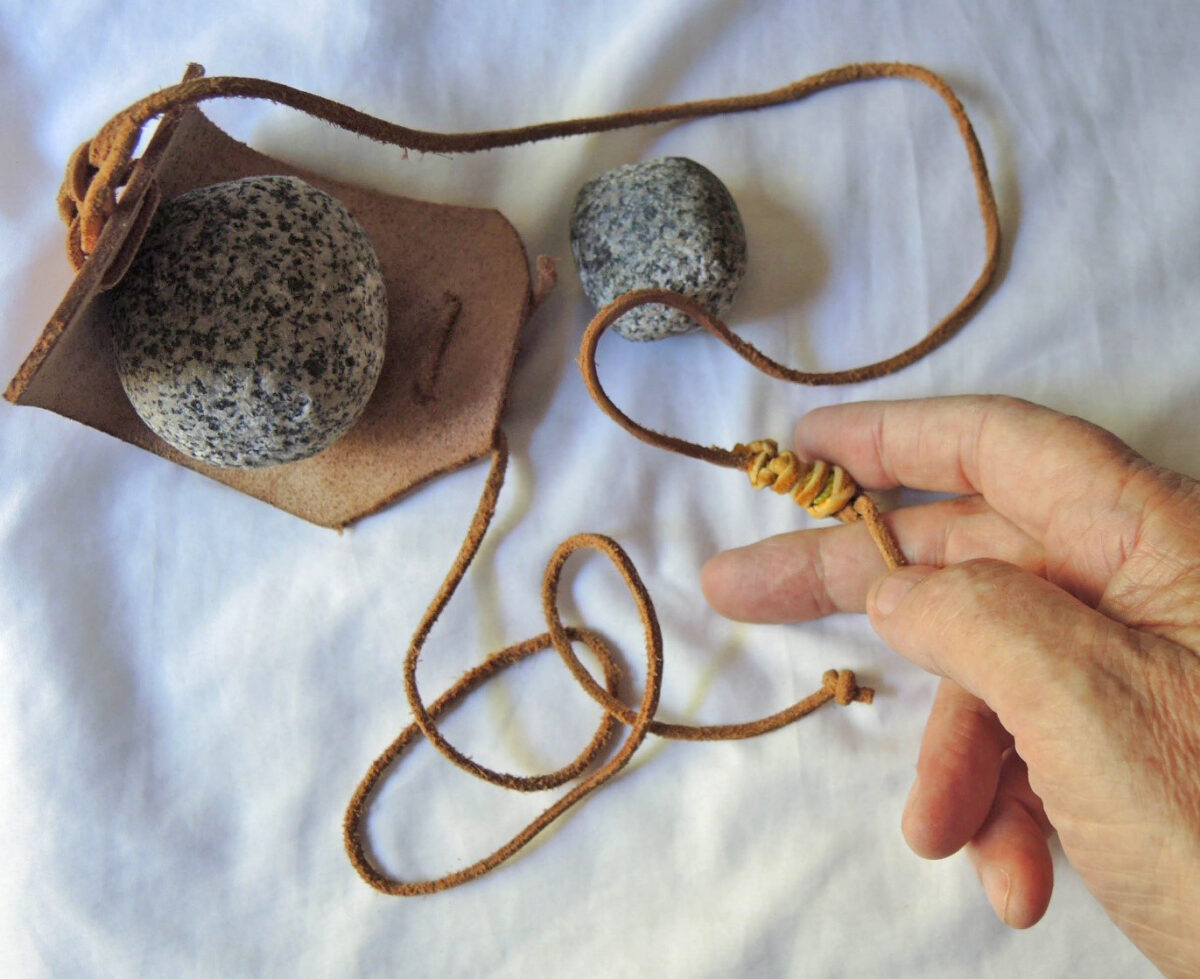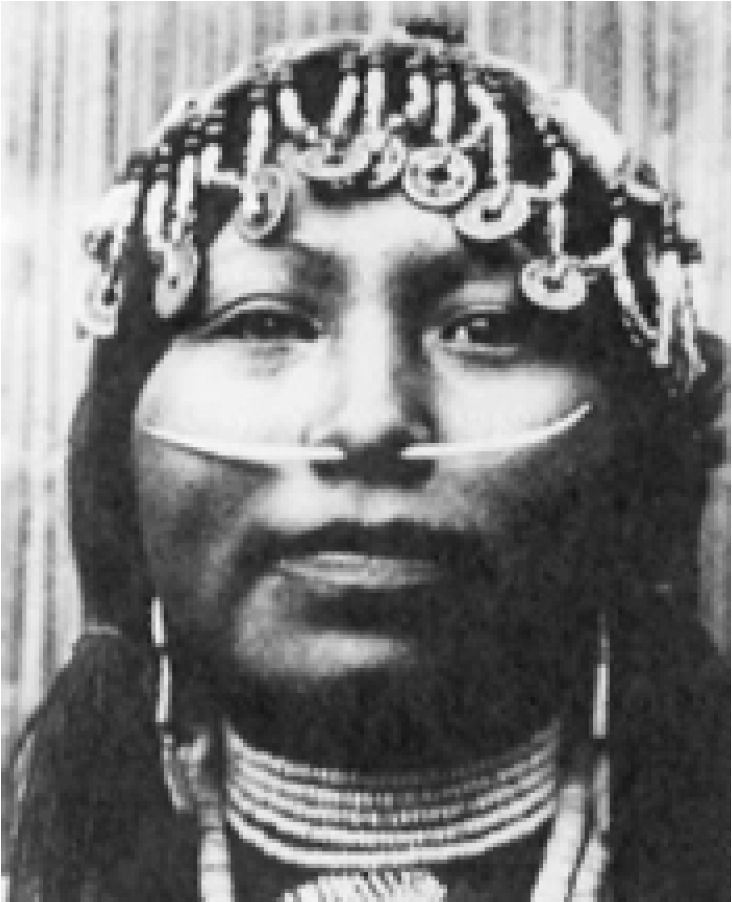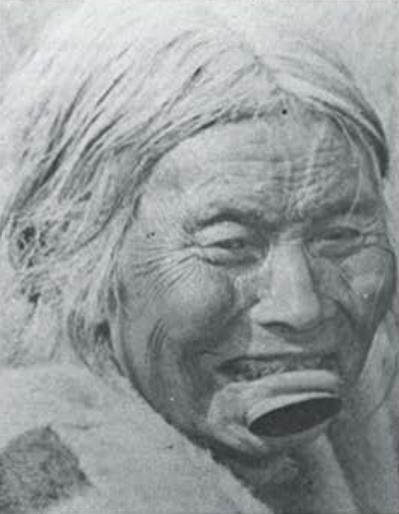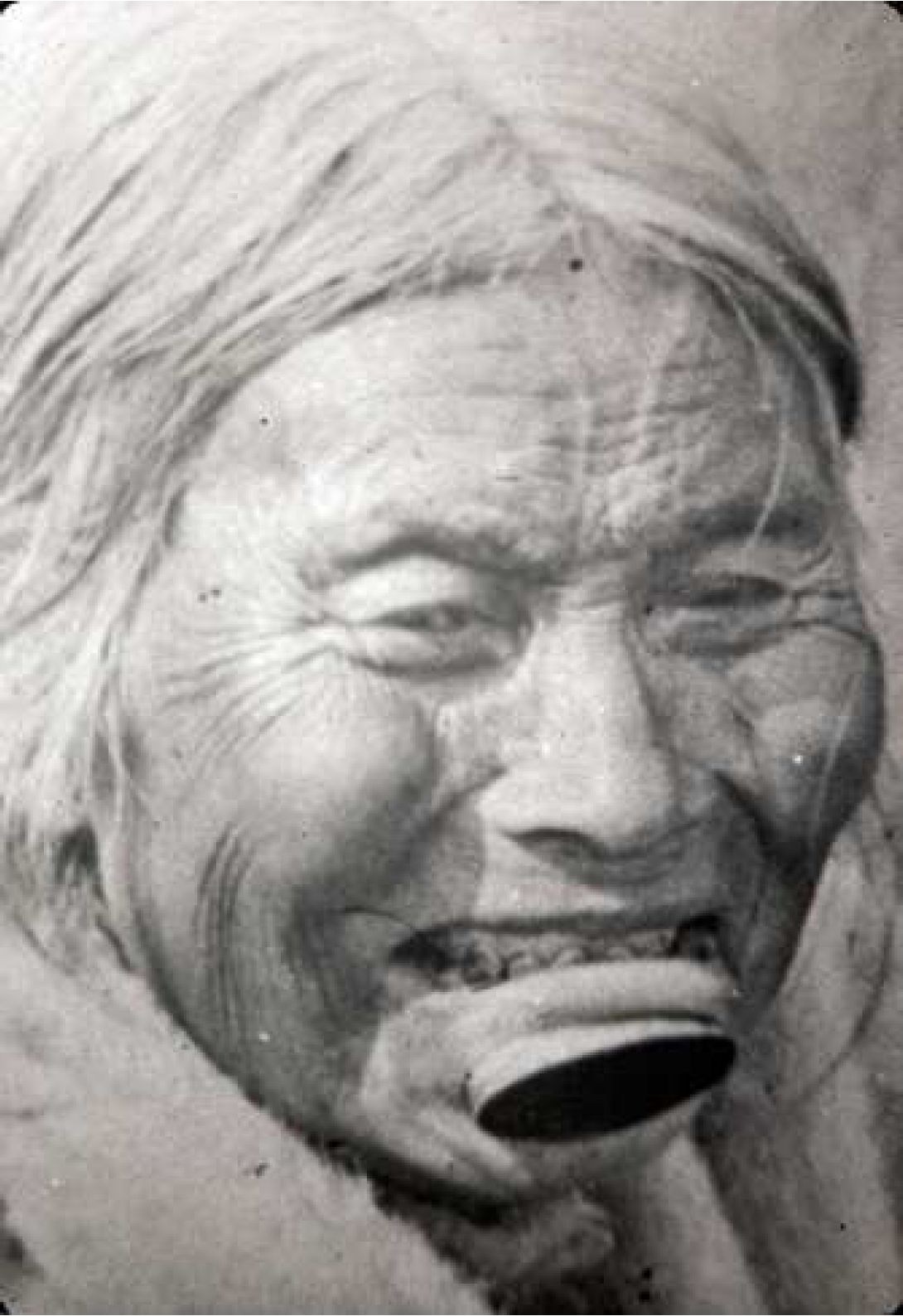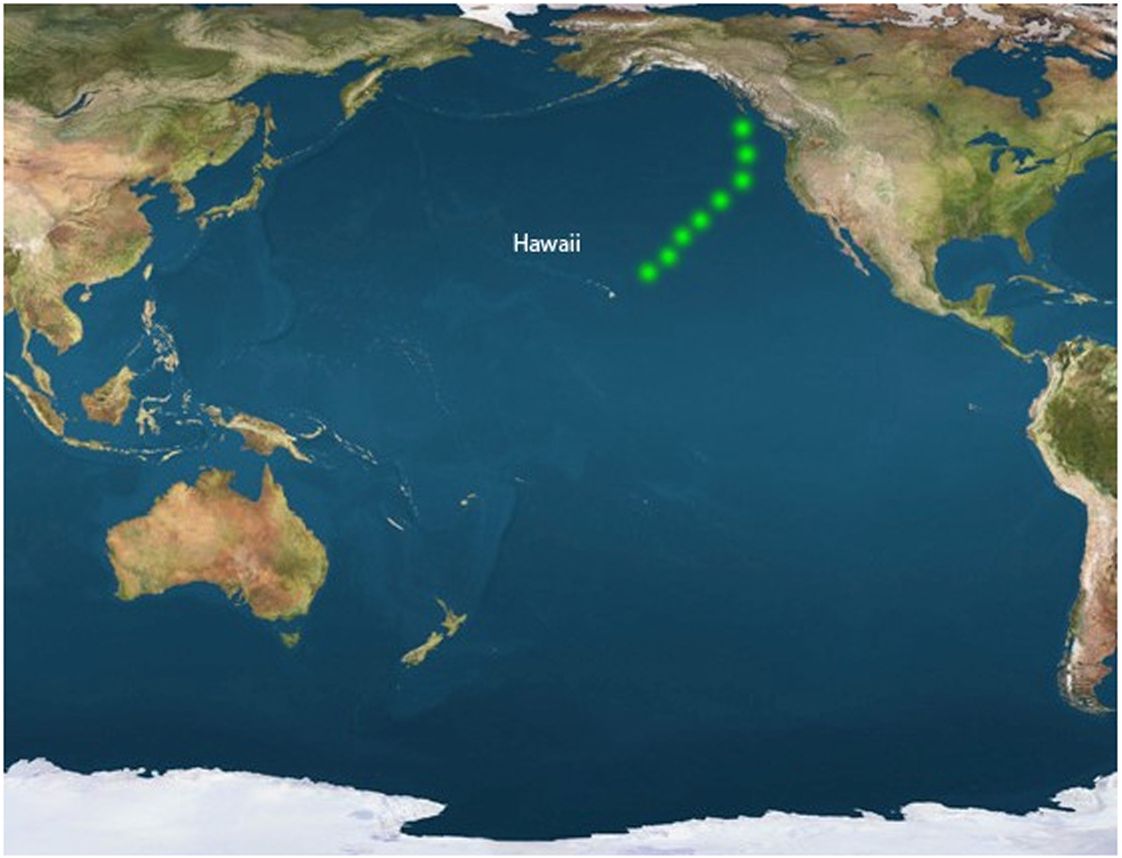
Polynesia to British Columbia By Grant Keddie. Introduction In 1972, I observed the pointed distal end of a broken wooded spear in the collection of the Royal B.C. Museum. Based on its general shape and design patterns, it appeared to be of Pacific Island origin. The wood was most like the Pacific hardwoods Calophyllum inophyllum or Acasia koa. At first, I assumed the artifact must have been buried with some more recent historic debris, but after observing the accession records and talking to the finder, a different picture began to emerge. It was found buried in Tsunami deposits in the Port Renfrew area on the west coast of Vancouver Island. This makes it the first known pre-contact Polynesian artifact found … Continue reading “A Tsunami Spear Point”


